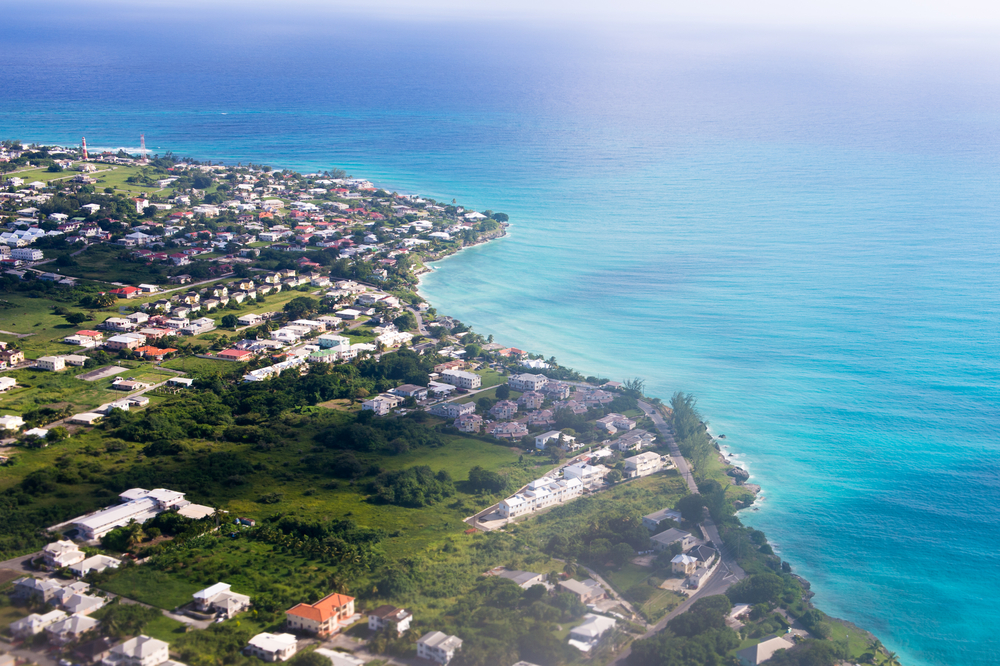Getting to Know Barbados - St. Andrew Parish

Located on the east coast of Barbados, the Parish of St. Andrew is located in the very picturesque Scotland District of the island. The district’s name was given because of its hilly resemblance to Scotland, the patron saint of which is, of course, St Andrew. Here you’ll find many hills and valleys and, among them, Mount Hillaby, Barbados’ highest peak. Aside from its natural beauty, the parish also has historical and cultural attractions that you should look out for when you visit. Here are some of the main ones.
Chalky Mount Potteries
Chalky Mount offers one of the most stunning views of the island and is well worth a visit of its own. However, the reason for its importance is that the soils in the area are rich in clay and this led to it being the island’s main source of pottery. Pottery making in Chalky Mount dates back to the 19th Century with many of its traditions and artisan businesses being passed down the generations.
Today’s skilled potters still use locally sourced clays to produce a wide variety of earthenware products with each craftsperson bringing their own style and creativity to the process. When you visit here, you’ll see a wide range of beautiful creations on sale.
Turners Hall Woods
Turners Hall Woods offers a glimpse of truly unspoiled Barbados. This seventy-acre site is the remnant of the tropical forest that was discovered when the island was first settled in 1627. It’s probable, therefore, that this area has remained in its natural state for thousands of years.
This is an ideal place for nature lovers to explore and there are many winding paths and trails among the tropical trees and vegetation. You’re also in with a good chance of spotting the island’s Green Monkeys – a subspecies that only exists in Barbados.
Grenade Hall Forest and Signal Station
Grenade Hall Forest is another sprawling wood to explore with well-posted signage to help you get about. One of the main attractions of this site is its signal station: a heritage site that was built in 1819. Following the 1816 slave insurrection, Barbadian authorities built a succession of signal stations along the island’s highest peaks where their visibility made it easy to communicate warnings of any other uprisings in order to swiftly put them down. These communications used light to transmit secret code. Today it is possible to visit the forest and take a look around the signal station.
Morgan Lewis Windmill
Sugar has played a pivotal role in the shaping of Barbados and its plantations brought much prosperity to the island over the centuries. One of the key stages in the production of sugar was the grinding of sugar cane and, in the past, much of this was powered by windmill. What is unique about the Morgan Lewis Windmill is that it is the last working example of its kind in Barbados and one of only two in the Caribbean.
The mill was one of the last to be in production, shutting down shortly after the end of WW2. Over recent years it has been fully restored and is now run and maintained by the Barbados National Trust. Occasionally, there are demonstrations of the mill in action, however, even when not it is a fascinating place to visit and offers fabulous views of the island. There’s also a great café there to enjoy refreshments.
St. Andrew’s Parish Church
There has been a parish church in St Andrew since 1630, though the present building dates back to 1846 and features many of the designs one would typically see in an English parish church of that period, including a turreted square tower and gothic-style arched windows. The church can be found on Highway 2, near to the Morgan Lewis Windmill.
Spring Vale Eco-Heritage Museum
This former plantation property is now a museum dedicated to preserving the heritage of the Scotland District and especially of the people who lived here between the end of slavery and up to the start of WW2.
Of particular interest is a tour of the museum that focuses on local traditions, such as the way locally sourced herbs were used for medicinal purposes, how food was stored and prepared and the methods used to wash clothes. Visitors also have the opportunity to go on a short walking trail where they can see some of the fruit, vegetables and medicinal herbs that were used by the area’s past inhabitants.
Summing up
One of the most naturally beautiful areas of the island, this hilly and forested area is completely different from what you will see elsewhere. Unspoiled and rustic, it offers interesting insights into how people lived and worked here in the past – whether making traditional pottery, grinding sugar cane, making medicines or using signals to put down rebellions.
If you are looking for prestigious accommodation during your say in Barbados, take a look at the luxury apartments and villas at Royal Westmoreland.
